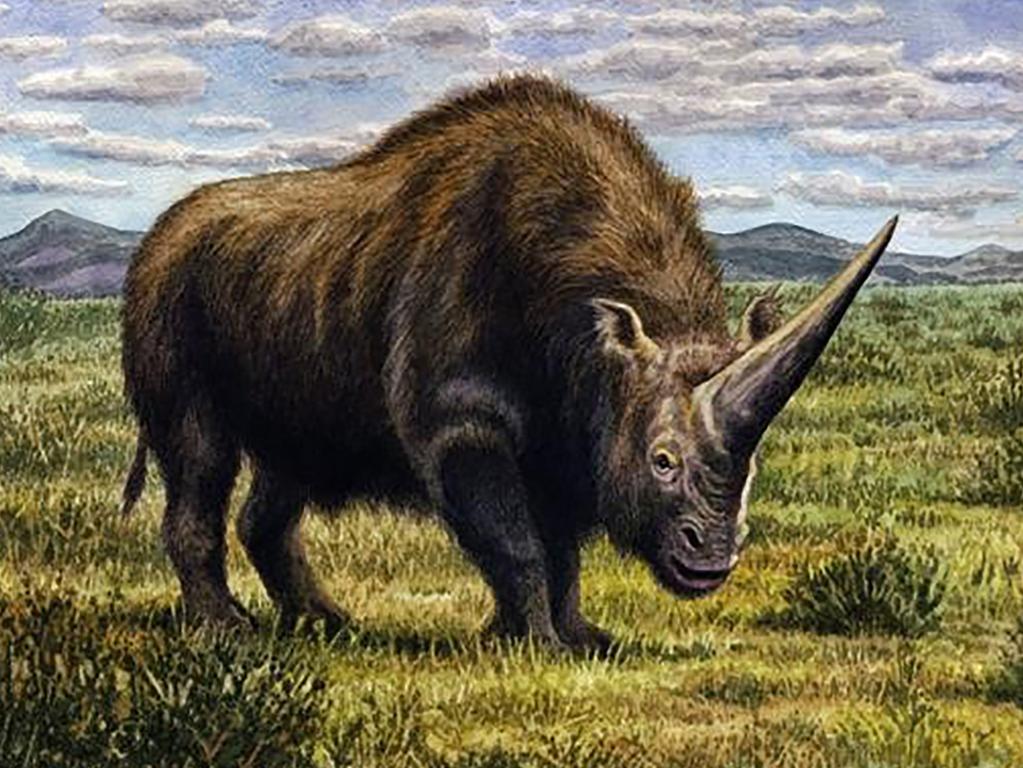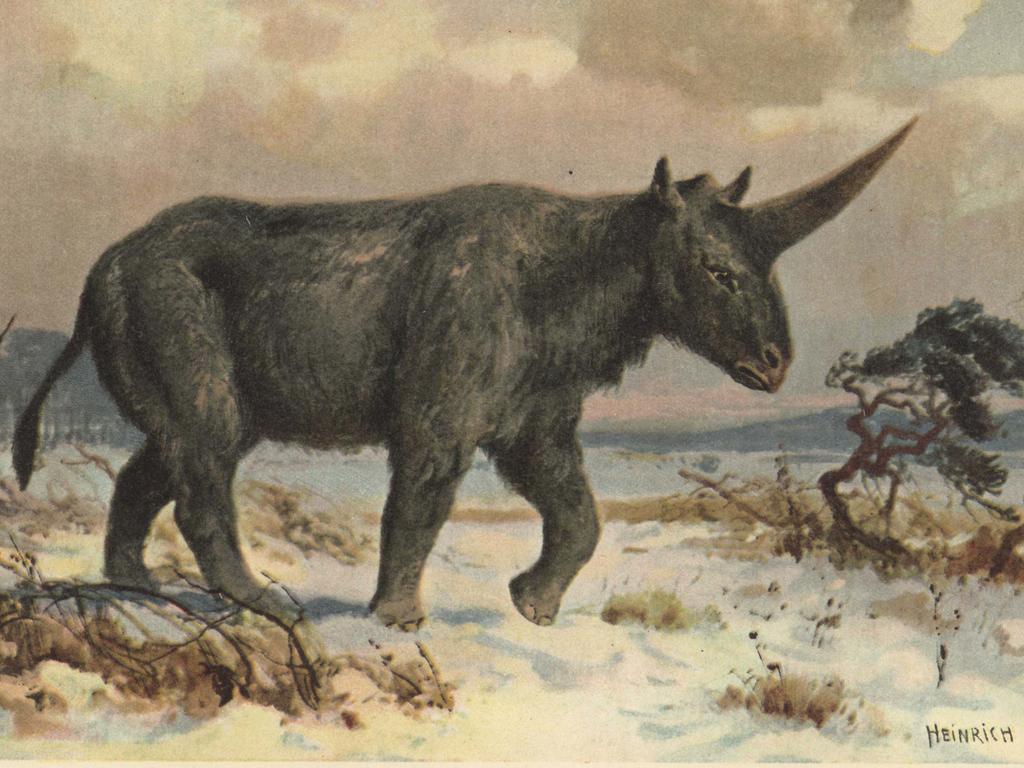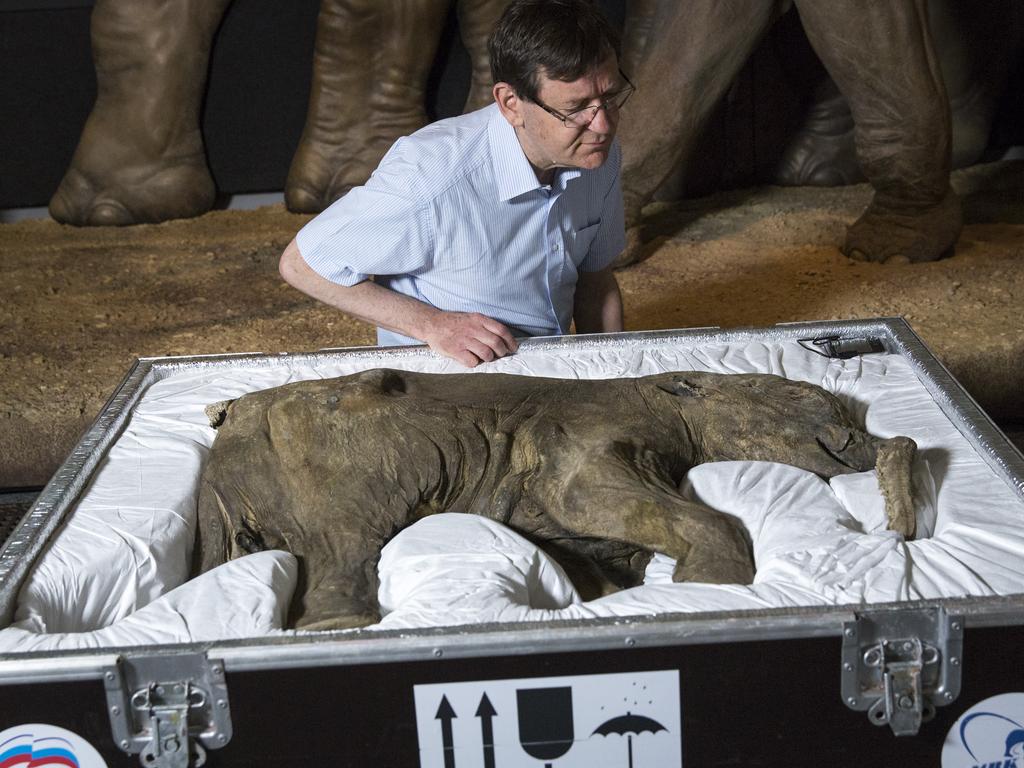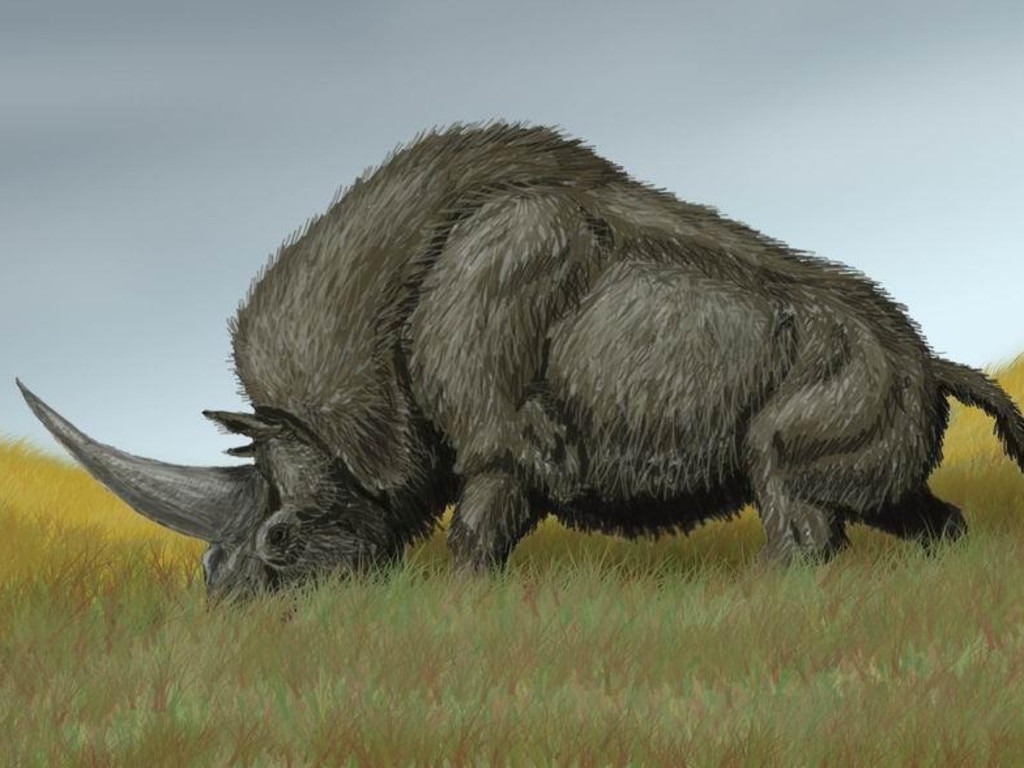Siberian unicorn found to weigh over 3.5 tonne
Scientists have answered every kid’s biggest wish by confirming that unicorns did, in fact, exist. The prehistoric, one-horned beast existed alongside early humans.
WEIGHING in at a hefty 3.5 tonne, with a fearsome horn on its head, this prehistoric animal, known as the “Siberian unicorn”, was wiped out more than 100,000 years ago.
Despite its extinction, cutting-edge research has shown that the beast shared the earth with early modern humans right up until 35,000 years ago.

The ancient rhino species was known as Elasmotherium sibericum (Siberian unicorn), because of its extraordinary single horn.
It was thought to have become extinct between 200,000 and 100,000 years ago.
However, a “beautiful complete skull” at the Natural History Museum has helped challenge the date of this creature’s assumed demise.
Professor Adrian Lister, a palaeobiologist who studies evolution and extinction, said new research has revealed that the “giant of the Ice Age” survived much later than previously thought.
“We dated a few specimens — such as the beautiful complete skull we have at the museum — and to our surprise they came in at less than 40,000 years old,” he said.

Prof Lister collaborated with fellow researchers from the United Kingdom, Netherlands and Russia to radiocarbon-date a total of 23 specimens.
Using state-of-the-art methods, the dating showed the species “survived until at least 39,000 years ago, and possibly as late as 35,000 years ago”.
The study also involved examining the Siberian unicorns’ teeth to reveal what the animals ate. Results confirmed they most likely grazed on tough, dry grasses.

The Natural History Museum said the final days of the ancient rhino species “were shared with early modern humans and Neanderthals”.
It added: “It is, however, unlikely that the presence of humans was the cause of extinction.
“Instead, it is more probable that dramatic fluctuations in climate during this time period, coupled with the specialised grazing lifestyle and the rhinos’ naturally low population numbers pushed the species to the edge.”

Australian-based researchers examined DNA from some of the fossils — the first time any DNA has been recovered from E. sibiricum — and found the ancient rhino “split from the modern group of rhinos roughly about 43 million years ago”.
This makes the Siberian unicorn “the last species of a highly distinctive and ancient lineage”.
Today there are just five surviving species of rhino, although in the past there have been as many as 250 species at different times.
This story originally appeared in The Sun and has been republished here with permission.



